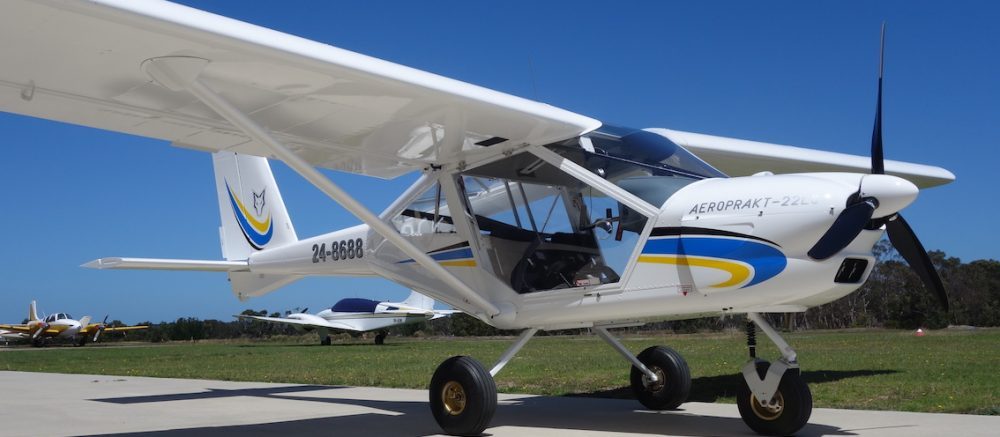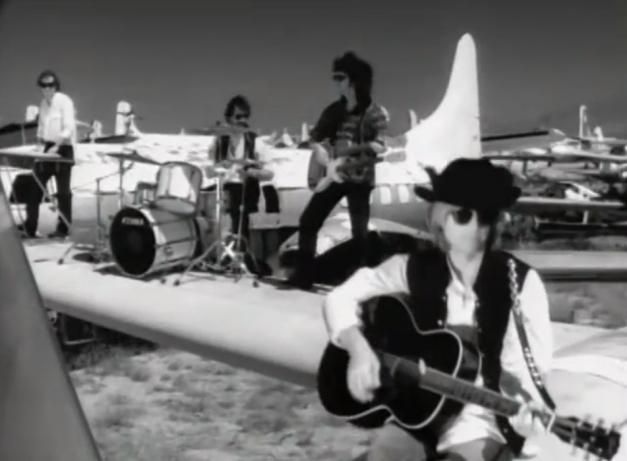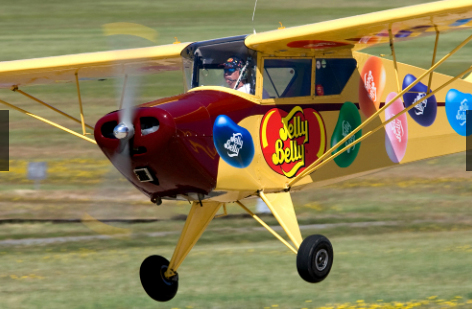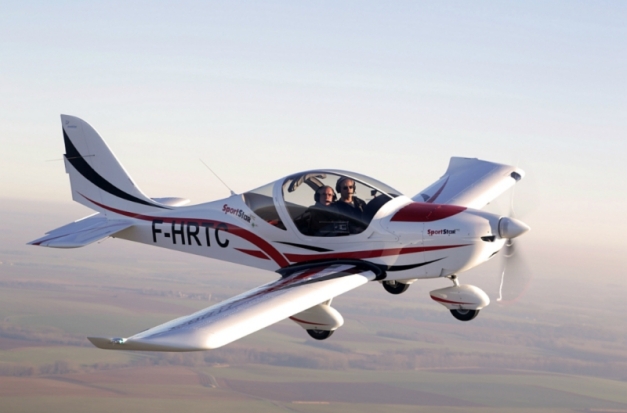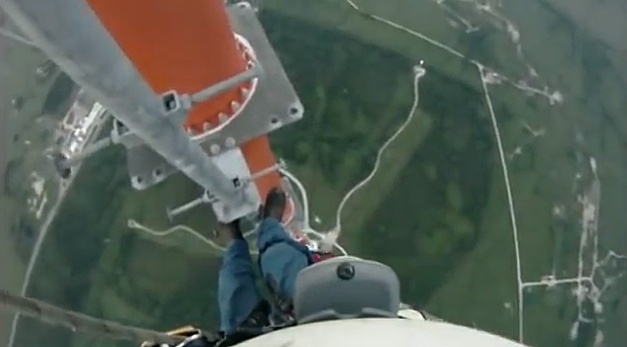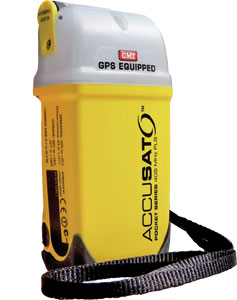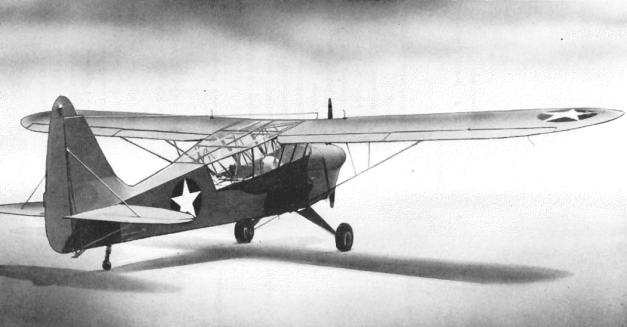 As announced in earlier posts, I have been lucky enough to acquire a 1941 Interstate S-1A Cadet aircraft. This particular example – serial number 9 – originally rolled off the Interstate Aircraft and Engineering Company production line in Segundo, California, in January 1941. It has recently been restored to better than new condition in the States, with an 0-235 115 hp engine replacing the original Continental A-65 hp, toe brakes replacing the original and much disliked heel brakes, raising the MTOW to 1,650 pounds (750 kgs) from the original 1,200 pounds (544 kgs) and a host of other improvements, including an improved tail wheel.
As announced in earlier posts, I have been lucky enough to acquire a 1941 Interstate S-1A Cadet aircraft. This particular example – serial number 9 – originally rolled off the Interstate Aircraft and Engineering Company production line in Segundo, California, in January 1941. It has recently been restored to better than new condition in the States, with an 0-235 115 hp engine replacing the original Continental A-65 hp, toe brakes replacing the original and much disliked heel brakes, raising the MTOW to 1,650 pounds (750 kgs) from the original 1,200 pounds (544 kgs) and a host of other improvements, including an improved tail wheel.
As far as I know, this is the first Interstate Cadet in Australia, registered VH-VCQ, replacing its original USA registration N28317. Around 320 S-1’s were built by Interstate during 1940-1942, then later some more by Callair, who acquired the Interstate manufacturing rights. The aircraft was also built as a military variant – the Interstate L-6, which had a bigger glasshouse to facilitate its observation role. The Interstate Aircraft manufacturing rights were eventually purchased from Callair in the 1970’s by Arctic Aircraft in Alaska. They have developed the S-1 into the Arctic Tern by adding a 160 hp engine and many other upgrades and improvements.
A small piece of trivia – interesting mainly to me – is that Interstate originally sold the S-1 manufacturing rights to the Harlow Aircraft Company, who then sold them on to Callair. I’m hunting through the family tree to find out which (probably none) of my relatives were involved in this venture.
The Interstate Cadet was one of several similar aircraft types made at the time by competing manufacturers – Piper, Stinson, Aeronca and Taylorcraft to name a few. However, although the Interstate was much bigger and more rugged than these other aircraft, it was also much more expensive – in fact, almost three times the cost of a J-3 Cub. So Piper went on to make literally thousands of Cubs, while Interstate disappeared by the mid-1940’s.
A final historical footnote – an Interstate Cadet, flying on a Sunday morning training flight, was the first US aircraft to be shot at when Japanese forces attacked Pearl Harbour – not, as incorrectly portrayed in the film ‘Tora Tora Tora’ a Stearman Kaydet biplane. Thankfully, the instructor – Cornelia Fort (yes, a woman! and only 23 years old too) – was able to evade the fighters and get back on the ground safely. This very aircraft is now apparently owned by Kent Pietsch – he of the ‘Jelly Belly’ comedy aerobatic display, seen all over the world, including at our own Avalon Airshow. However, the provenance of some of these older aircraft can be difficult to confirm and at least one other person lays claim to ownership of the Pearl harbour Interstate.
I’ll be posting some more about flying the Interstate and some links to videos of the aircraft in due course. Meanwhile, here are a few YouTube links to whet your appetite:
Me introducing the Interstate Cadet: https://www.youtube.com/watch?v=JCOyvn_fL0s
Doug’s Super Cadet: https://www.youtube.com/watch?v=LIgVrkXZUn4
Dick O’Reilly’s Christmas Crosswind Flight: https://www.youtube.com/watch?v=hLyOtNgv9hM
 On my travels, pausing briefly – in fact 3 hours longer than anticipated, due to a delayed flight – in Abu Dhabi.
On my travels, pausing briefly – in fact 3 hours longer than anticipated, due to a delayed flight – in Abu Dhabi.